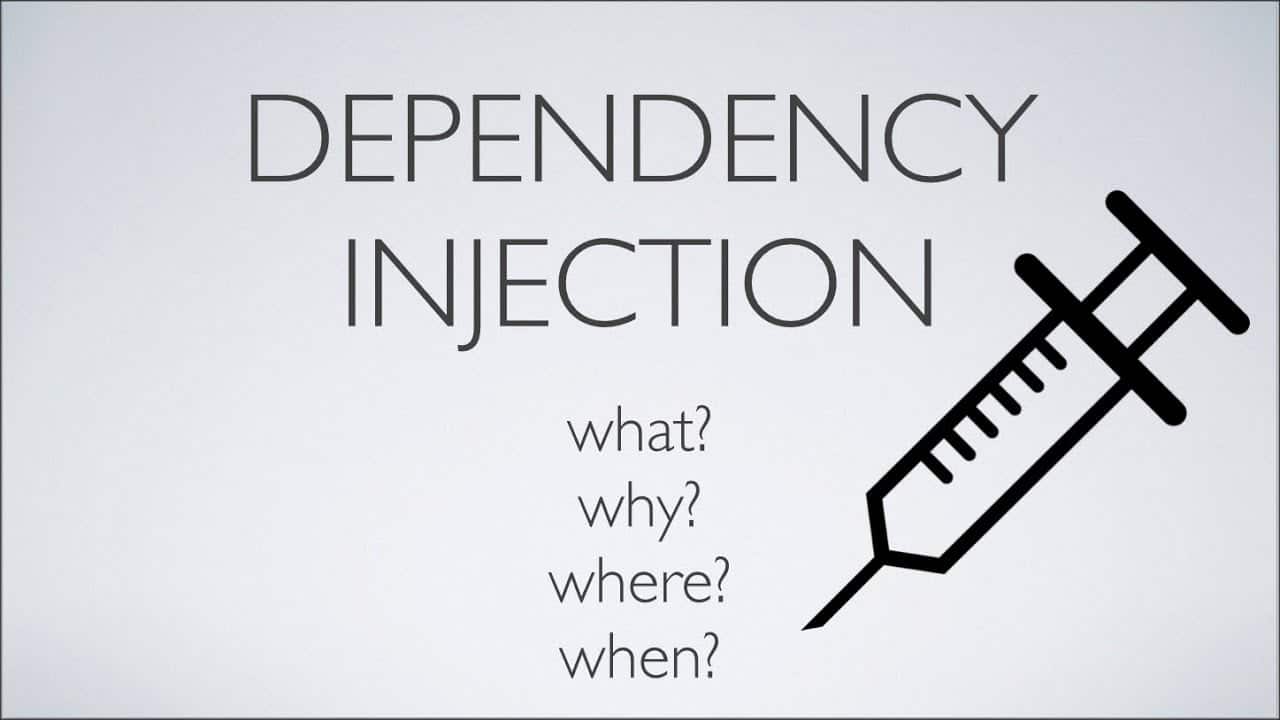Discover SQL Server Filegroup Separation Hidden Secrets: What and Why?
A SQL Server filegroup is a container for database files. It lets the administrator organize and allocate them to different drives. Filegroups can store tables, indexes, and different types of data. They can be used to manage database growth and improve performance by placing frequently accessed files on faster drives. Filegroups offer flexible and powerful … Read more





